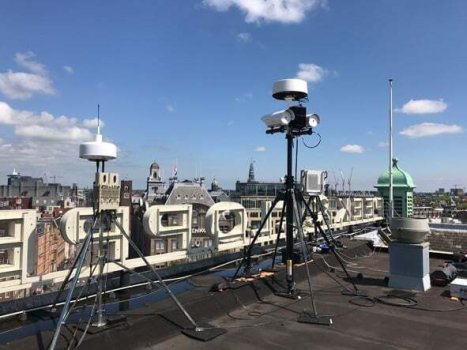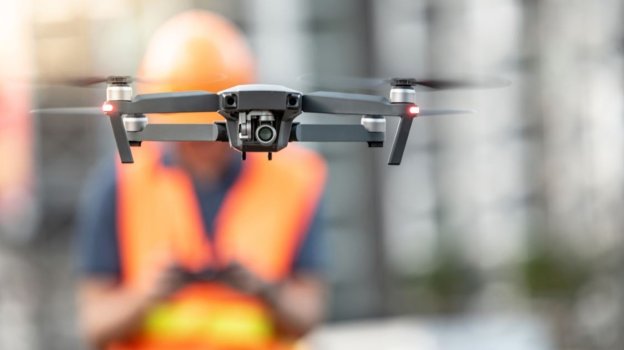IoT Analytics – How can you Benefit from it?
- Technology Solutions
- 0 Replies
The traditional data warehouse platform may be efficient in the long term actions, but it’s quite the opposite when it comes to solving issues on the spot. If time is your priority, it’s worth reaching out for modern IoT analytics solutions. How do they work exactly?
IoT is an increasingly popular way to improve existing business operations as well as identify new revenue streams. The concept of IoT is nothing new, but its management requires an innovative approach. With so many IoT devices contributing to a network, efficient problem detection and detecting anomalies in real-time is a hard nut to crack. Automation tools can make that much easier, allowing the company to focus on its core business activity instead of solving current issues.
In the case of the Internet of Things, the immediate reaction is essential – and with so much data, it’s practically impossible without engaging automation. Using the IoT analytics platform, you can redirect a part of the repetitive and time-consuming operations to the software. That means no more manual data entry and offer configuration, among many other benefits!
Continue reading: https://thefutureofthings.com/16593-iot-analytics-how-can-you-benefit-from-it/
IoT is an increasingly popular way to improve existing business operations as well as identify new revenue streams. The concept of IoT is nothing new, but its management requires an innovative approach. With so many IoT devices contributing to a network, efficient problem detection and detecting anomalies in real-time is a hard nut to crack. Automation tools can make that much easier, allowing the company to focus on its core business activity instead of solving current issues.
In the case of the Internet of Things, the immediate reaction is essential – and with so much data, it’s practically impossible without engaging automation. Using the IoT analytics platform, you can redirect a part of the repetitive and time-consuming operations to the software. That means no more manual data entry and offer configuration, among many other benefits!
Continue reading: https://thefutureofthings.com/16593-iot-analytics-how-can-you-benefit-from-it/
























